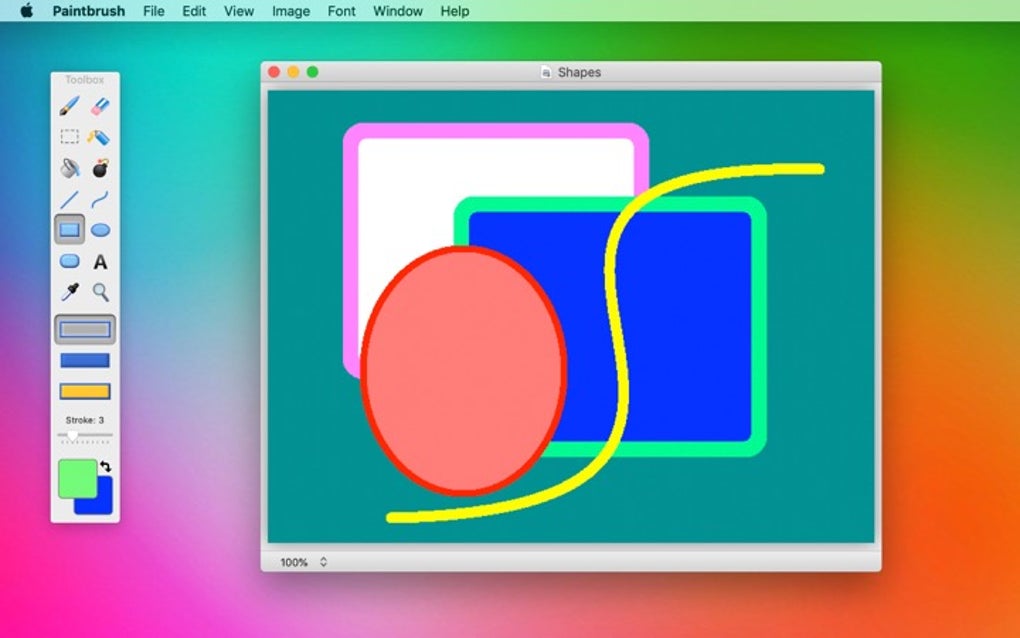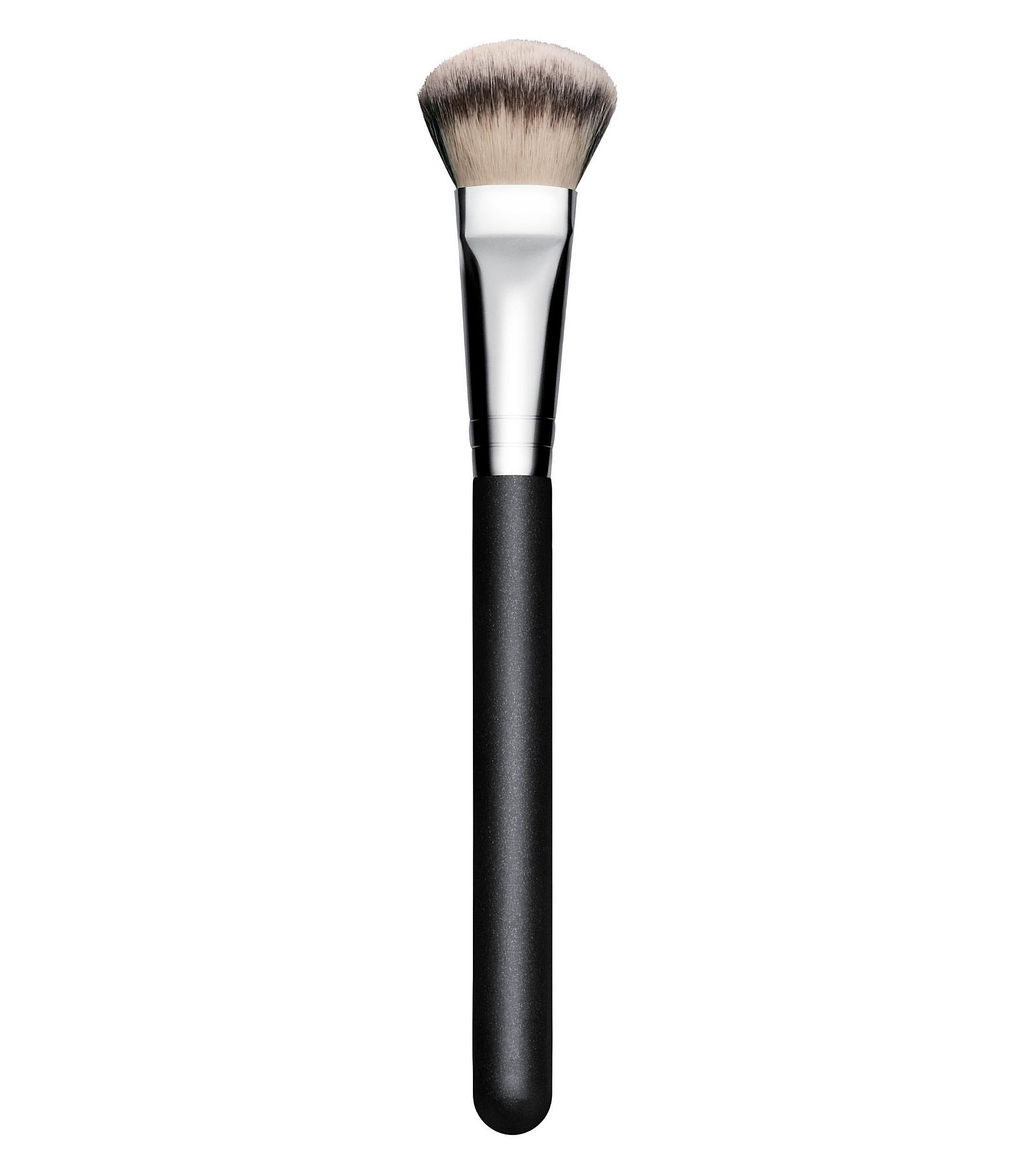
- SETTING A TRANSPARENCY COLOR IN PAINTBRUSH MAC HOW TO
- SETTING A TRANSPARENCY COLOR IN PAINTBRUSH MAC SOFTWARE
In this context, it’s a kind of background tool that makes the job easy. You can also manually erase the background, or other parts of your image, by clicking on Eraser in the left panel. Step 3) PicsArt will automatically remove the background from your image using its a rtificial intelligence tool ( AI Select ) to auto-detect and remove it. Once you’ve chosen your photo, click Next. Step 2) Click Upload on the left panel to select a photo from your hard drive or search the #FreeToEdit photo library below it. Step 1) Open the PicsArt Editor online, click on the Products drop-down menu at the top of the screen, and select Background Remover.
SETTING A TRANSPARENCY COLOR IN PAINTBRUSH MAC HOW TO
Here’s how to do it in the PicsArt Web Editor: Whatever the reason you want to make a background transparent, rest assured that background removal can be done a flash with PicsArt. Remove the background from an image to make a custom sticker, or make a background transparent so that your image is ready for a new backdrop. Having this trick in your back pocket is great for a variety of reasons.
SETTING A TRANSPARENCY COLOR IN PAINTBRUSH MAC SOFTWARE
The photo editing software is so simple to use that you’ll be removing the background from images in no time. Scale to Fit: Resizes the image to fit the object’s dimensions, but maintains the image’s proportions.Creating a transparent background on your image might seem intimidating at first, but it’s incredibly easy to do in PicsArt. Scale to Fill: Makes the image larger or smaller to leave no space in the object. To resize the image, drag the Scale slider. Tile: Repeats the image inside the object. Stretch: Resizes the image to fit the object’s dimensions, which might change the image’s proportions.

Original Size: Places the image inside the object without altering its original dimensions. If the image doesn’t look the way you expected or you want to change how the image fills the object, click the pop-up menu above the Choose button, then choose an option: To make the tint more or less transparent, drag the Opacity slider in the Colors window.

If you chose Advanced Image Fill, click the color well (to the right of the Choose button) and select a tint color. You can drag the color stops and use the other controls to change the blend, angle, and direction of the gradient.Ĭlick the disclosure arrow next to Fill, then click the Fill pop-up menu and choose Image Fill, or choose Advanced Image Fill if you want to add a tint to the image.Ĭlick Choose, navigate to your photos, then double-click an image with a. Click the slider to add another color stop. Use the controls to change the angle and direction of the gradient.Ī custom gradient: Click the disclosure arrow next to Fill, click the Fill pop-up menu and choose Advanced Gradient Fill, then click the color stops below the slider to choose colors. The color well shows colors that match the template the color wheel opens the Colors window, where you can choose any color. Click the color wheel, then choose a color from one of the color palettes.Ī two-color gradient fill: Click the disclosure arrow next to Fill, click the Fill pop-up menu and choose Gradient Fill, then choose colors. In the Format sidebar, click the Style tab.Ī color or gradient designed to go with the template: Click the color well next to Fill, then choose a color or gradient.Īny color: Click the disclosure arrow next to Fill, then click the Fill pop-up menu and choose Color Fill.




 0 kommentar(er)
0 kommentar(er)
